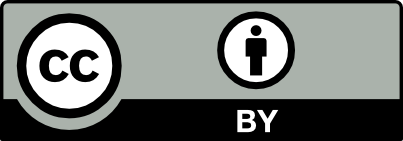| Name | Speichervolumen | Metadaten | Upload | Aktion |
|---|
Alternativer Identifier:
-
Ersteller/in:
Petrunin, Alexander V.
https://orcid.org/0000-0002-9140-7222
[RWTH Aachen University, Institute of Physical Chemistry]
Bochenek, Steffen
https://orcid.org/0000-0001-5841-2815
[RWTH Aachen University, Institute of Physical Chemistry]
Richtering, Walter
https://orcid.org/0000-0003-4592-8171
[RWTH Aachen University, Institute of Physical Chemistry]
Scotti, Andrea
https://orcid.org/0000-0002-8988-330X
[RWTH Aachen University, Institute of Physical Chemistry]
Beitragende:
-
Titel:
Analytical data belonging to the publication "Harnessing the polymer-particle duality of ultra-soft nanogels to stabilise smart emulsions"
Weitere Titel:
-
Beschreibung:
(Abstract)
Micro- and nanogels are widely used to stabilise emulsions and simultaneously implement their responsiveness to the external stimuli. One of the factors that improves the emulsion stability is the nanogel softness. Here, we study how the softest nanogels that can be synthesised with precipitation po...
(Method)
Dynamic Light Scattering (DLS)
(Method)
Inverted Optical Microscopy
(Method)
Viscometry
(Method)
Static Light Scattering (SLS)
Schlagworte:
-
Sprache:
-
Herausgeber/in:
IPC - RWTH Aachen University
Erstellungsjahr:
Fachgebiet:
Physics
Objekttyp:
Dataset
Datenquelle:
(Instrument) Motic AE2000 (Inverted Optical Microscope)
(Instrument) 0.65x, Point Grey Flea 3 (Digital Camera)
(Instrument) Nikon Eclipse TE300 (Inverted Optical Microscope)
(Instrument) PCO Edge 4.2 (Digital Camera)
(Instrument) SLS-Systemtechnik GmbH
(Instrument) 0.65x, Point Grey Flea 3 (Digital Camera)
(Instrument) Nikon Eclipse TE300 (Inverted Optical Microscope)
(Instrument) PCO Edge 4.2 (Digital Camera)
(Instrument) SLS-Systemtechnik GmbH
Verwendete Software:
-
Datenverarbeitung:
-
Erscheinungsjahr:
Rechteinhaber/in:
Petrunin, Alexander V.
Bochenek, Steffen
Richerting, Walter
Scotti, Andrea
RWTH Aachen University
Förderung:
Deutsche Forschungsgemeinschaft - (SFB 985: Functional Microgels and Microgel Systems) 191948804
Status:
Publiziert
Eingestellt von:
nicoleparks
Erstellt am:
Archivierungsdatum:
2022-10-19
Archivgröße:
4,3 MB
Archiversteller:
nicoleparks
Archiv-Prüfsumme:
46608bf49dfc435dc5a887ba637a105c
(MD5)
